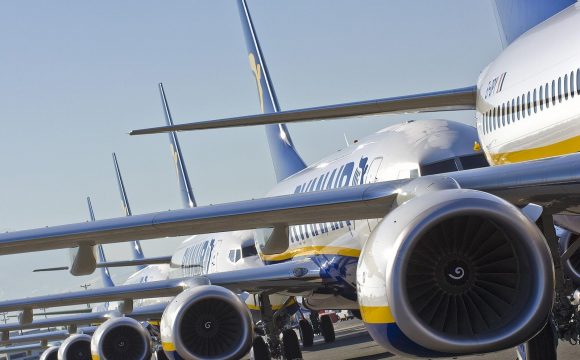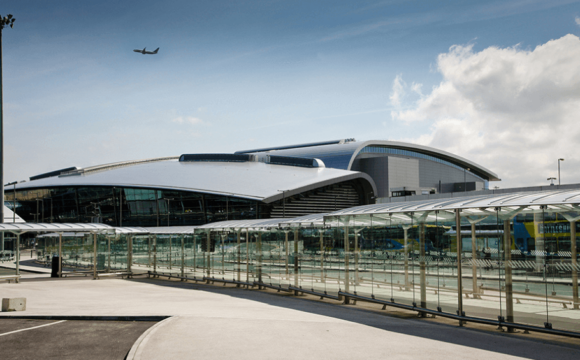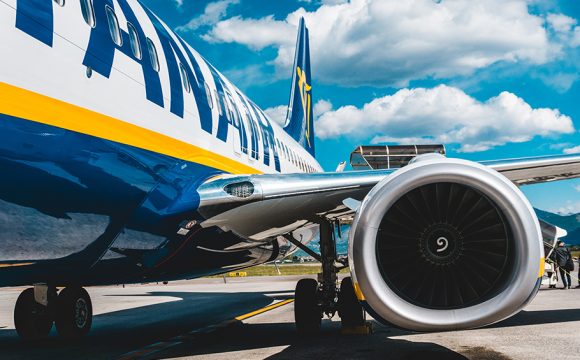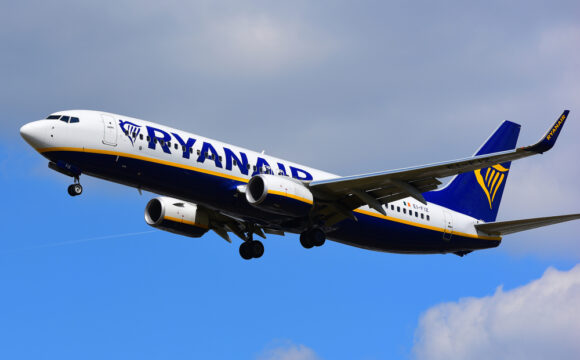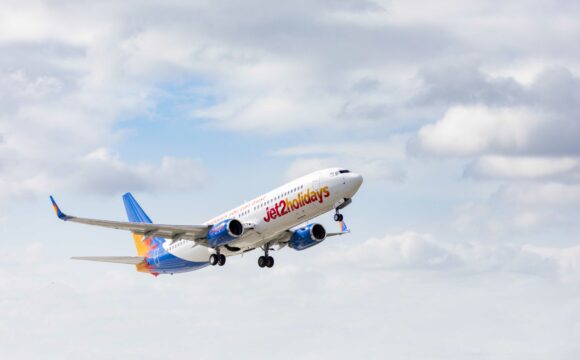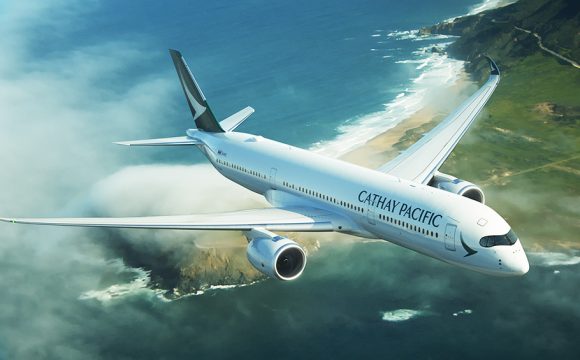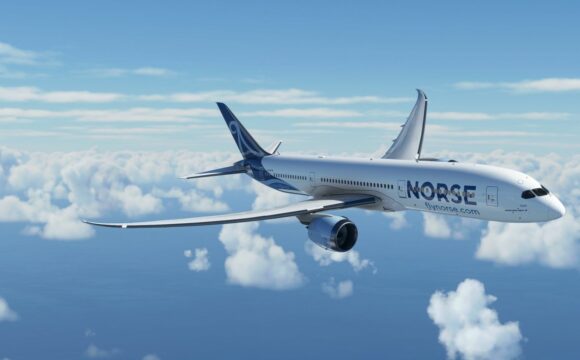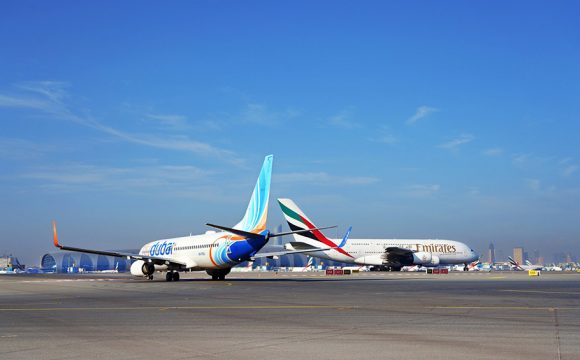The airline believes the move can improve flight punctuality and reduce emissions caused by flying spare parts around the world. BA’s tech experts say the possibilities are limitless.
The airline’s innovators predict that non-essential cabin parts will be first on the list to be generated, including pieces of tray tables, entertainment systems and toilets.
While these components do not impact the safe operation of the flight, they can reduce the number of seats or toilets available for customers and cause delays as engineers wait for the parts to be flown to wherever the aircraft is.
BA head of innovation Ricardo Vidal said: “3D printing is yet another advancement that will keep us at the forefront of airline innovation.”
The printers can produce parts that, while as strong and durable as traditional components, weigh up to 55 per cent. Every kilogram removed saves up to 25 tons of CO2 emissions during the lifespan of an aircraft.
Within the next decade, biological scanners gathering travellers’ physiological and nutritional needs could suggest food and drink to meet individual requirements and print these on board the aircraft.
In addition, research predicts jet lag could become be a thing of the past, with 3D printers producing personalised health supplements.
British Airways’ top ten predictions for how 3D printing could be used by airline’s in the future:
- Cutlery
- Products for amenity kits, such as toothbrushes or combs
- Tray tables
- Aircraft windows
- Inflight entertainment screens
- Seats
- Baggage containers
- Circuit boards for electrical components
- Flight deck switches
- Aircraft shells



